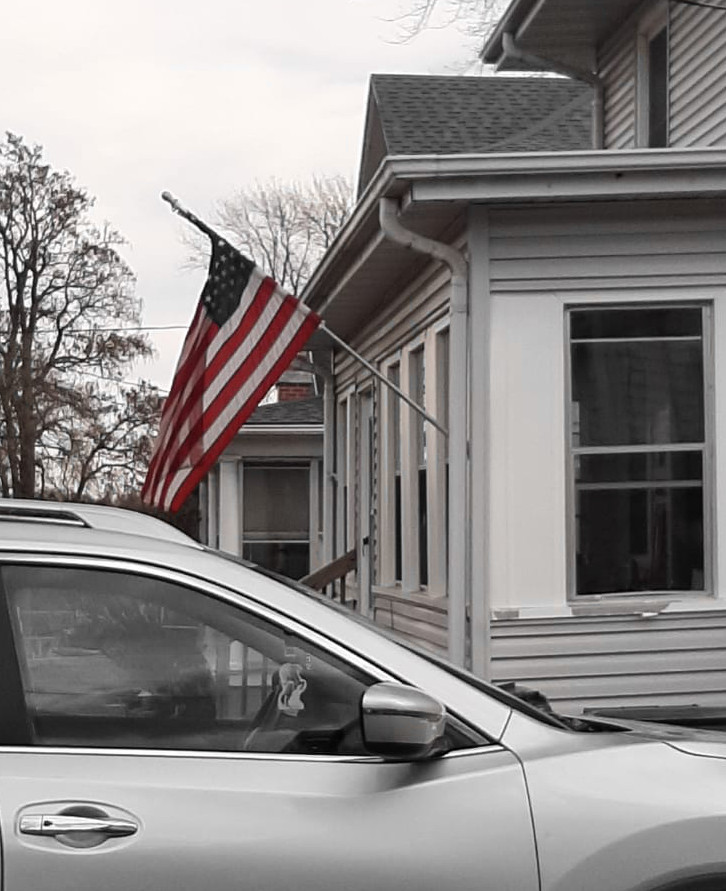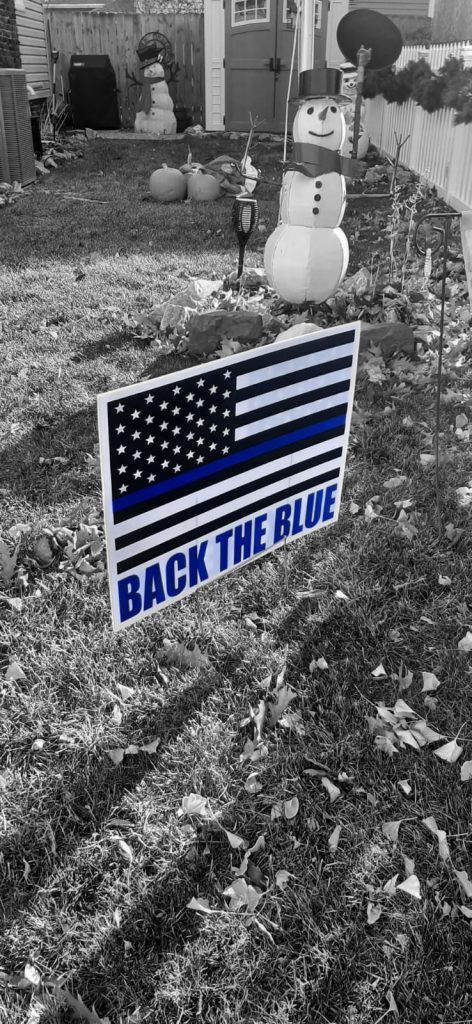Years ago, when I was maybe ten years old, I remember acting out battle scenes with my siblings as Aragorn, Legolas, and Gandalf. We tied blankets around our shoulders and fought with plastic sticks. Our thick, heavy cloaks didn’t fly in the wind like they were supposed to, but that didn’t matter as we ran around the hallway, swinging at each other with our sticks. Sweat was dripping down our backs and each one of us had collected several bruises, but none of us cared.
This is the kind of scene that took place in my house after we had watched one of the Lord of the Rings movies. Acting out scenes gave us a unique way of not only watching the story on a screen but also living it. Fights between Captain Jack Sparrow, Will Turner, and Captain Barbossa were common in our house after watching Pirates of the Caribbean as well.
It was only years later, that I noticed, I had never played a female character as far as I could remember. I also couldn’t recall my two sisters ever playing someone who wasn’t male.
This realization was one that came hand in hand with another one: there hadn’t really been many movies with significant, powerful, female main characters. Perhaps the most important female character in the Lord of the Rings trilogy is Lady Galadriel who doesn’t have a lot of screen time and really only talks.
Pirates of the Caribbean, on the other hand, does have an important female character in Elizabeth Swan. However, in the first few movies, she doesn’t actually do a lot of fighting. Instead, she is mostly a love interest for the main characters and someone for them to save.
This lack of representation is something that is very common in older movies and TV shows that were made before 2010. Many films that are widely considered to be classics like James Bond, Indiana Jones, and the original three or even six Star Wars movies have male leads. In addition to that, the main characters are also almost exclusively cis, straight, and white.
In terms of TV shows, Star Trek, Arrow, and House are very popular with many fans respectively. Although each of these films and shows has a different genre and style, there is one thing that all of these have in common: they all have white, straight, cis, male leads.
What was generally perceived as the norm in the industry, however, has started to change in the last few years. Films like Black Panther or Ocean’s 8 and TV shows like Grey’s Anatomy or Legends of Tomorrow are trailblazers with fairly diverse characters of different genders, ethnicities, and sexual orientations.
Emily Rotthaler, a senior from Austria, drew on her own experience with regards to female representation in film and TV, explaining, “Most of the great movies that I remember from the 2000s and 2010s like Mission Impossible and even children movies like Up have male main characters. And even if there was a female main character, the movies usually contained a bunch of stereotypes.”
More recently, she pointed out that movies like Enola Holmes and The Old Guard have strong female leads whose sole purpose is not finding love or being saved by a man anymore.
Mikhil Raja, a freshman from Zimbabwe, noticed the same trend, stating, “I think diversity and representation has improved in the last few years.”
Rotthaler agrees. “I do think there is more diversity in movies and series today and where it shows the most for me is in the ratio of male and female main characters.”
Big companies and studios are taking note of this trend as well. Among those is none other than Marvel Studios which Raja mentioned as an example for positive change towards more diversity and representation in the film and TV industry. Marvel Studio’s success in the film industry started out in 2008 with the movie Ironman. Tony Stark aka Ironman was joined by other heroes throughout the next four years in the so-called Marvel Cinematic Universe (MCU). Then, in 2012, they teamed up to form a group called the “Avengers”. One thing that stands out about this group is that it consists of six people, all of which are white, cis, and straight and five of which are male.
However, in more recent years, about 14 years after the release of Ironman in 2008, this group of heroes has expanded. The original six heroes have since been joined by characters like Captain Marvel, King T’Challa, Namor, Wong, Kingo, Makkari, and many, many more. They bring diversity to the MCU which was almost inexistent in most films and TV shows about ten years earlier.
These changes, of course, rarely come without any problems. In this case, criticism has been voiced by fans that a lot of the newer additions to the MCU which are almost exclusively women are replacements for other, originally male characters. For instance, Kate Bishop is seen by some as a replacement for Clint Barton. In a different example, Sam Wilson who was formerly known as the Falcon is taking up the mantle of Captain America, effectively becoming the first non-white Captain America.
This idea of replacing formerly male, white, cis, and straight characters with different ones is something that is not entirely new and uncommon. Dr Who, for instance, has always been male until 2017 when Jodie Whittaker took on the role and the Doctor was for the first time female. She reprised the role again in 2018 and has played the character ever since. Although the series has received criticism for that decision, it has also been supported by others.
In other cases, actors and filmmakers have spoken out in favor of or against changes like that. For instance, in response to the question, of whether James Bond should be played by a woman in the future, Daniel Craig stated that he is against it. He doesn’t want a woman to replace an established, male character but would rather like there to be an equally good or even better female character.
In fact, movies and TV shows with characters like that have become more common. Warrior Nun (2019-) is a show on Netflix that is known for its diversity. There are mostly female characters who are from all over the place. They all have different ethnicities, different sexual orientations, and entirely different personalities. All of these traits are implemented into the show in a casual way that makes them seem natural and doesn’t make a big deal out of it.
Similarly, many other newly emerging shows and movies have strong leads who do not fall into what was widely perceived as the norm ten years ago.
Raja believes that this has to do with the perception of these topics around the world. “I think it [diversity in film and TV] has improved because diversity and representation have become more recognized around the world and more important to people and communities.”
Melanie Rodriguez, a junior with Mexican roots, specified, “I think it’s improving, because there are more POC [people of color], women, and diversity in both the actors and the directors.”
However, despite all that improvement, more can and needs to improve still. Raja suggested more cultures and countries need to be exposed in the film industry and shown to the world.
Looking back at my childhood, it would definitely have been different if we would have had the same movies that there are now. Characters like Imperator Furiosa, Katniss Everdeen, and Wonder Woman would most certainly have been running around our house with a self-made bow or a stick for a sword and a plastic disk for a shield after watching the respective movies.






